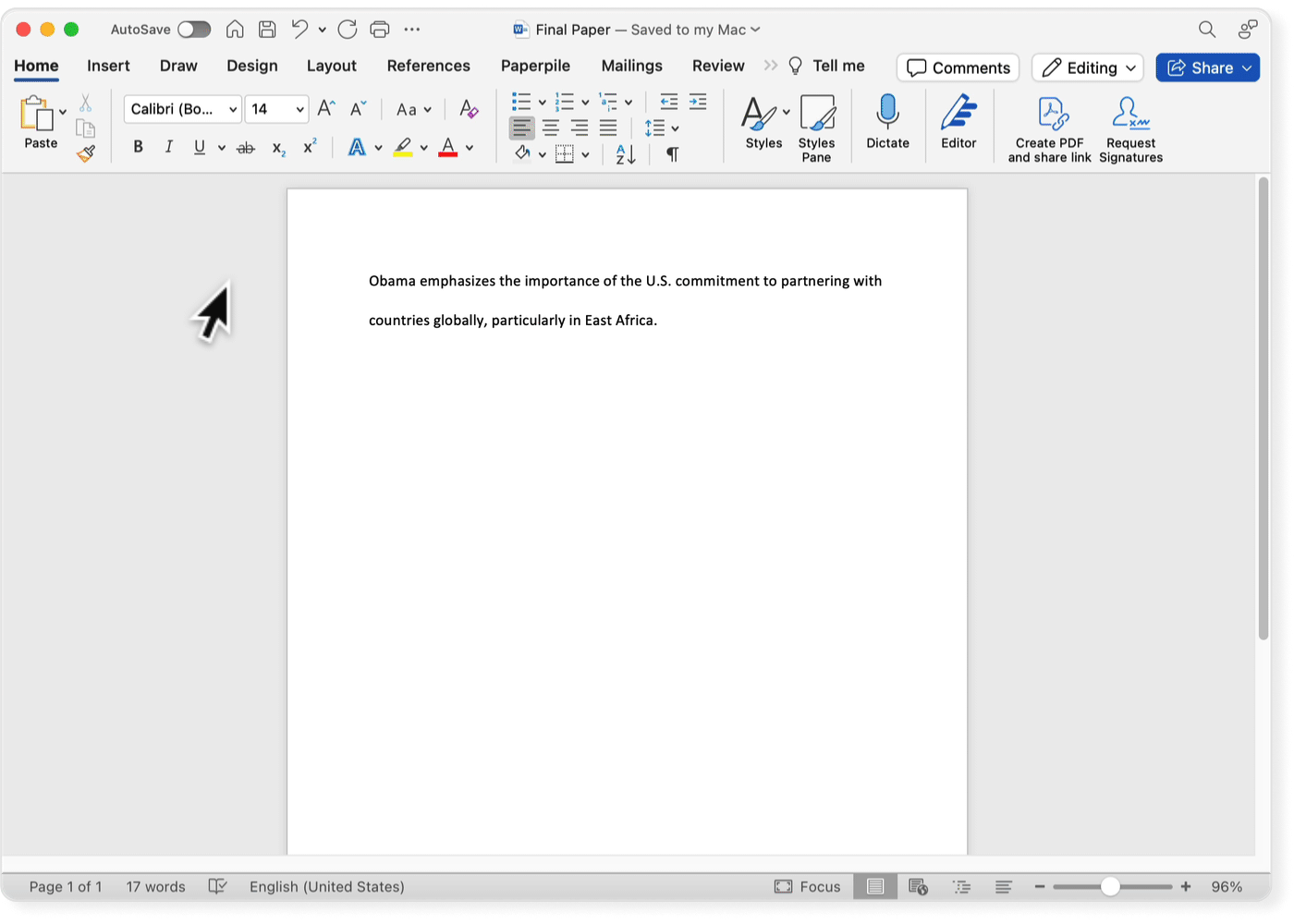Is an interview a primary source?

The answer to this question is not straightforward, but in general, the answer is: yes. When you conduct the interview yourself and include it as supporting evidence in your research paper, then the interview is definitely a primary source.
➡️ What is a secondary source?
Before we discuss the difference between interviews as primary and secondary sources, let's have a look at what you can gain by including an interview in your paper.
An interview - why might I use one in my paper?
Interviews can add tremendously to your research project. They are most often used in the social sciences, and can provide you with a huge amount of information that might not have been found elsewhere. Here are some use cases for interviews:
- Interviews are often conducted as case studies, qualitative surveys, or to get an insight into the inspiration and thinking behind an artistic work.
- Human studies often include interviews to understand the effects a certain treatment had on patients. They can be particularly helpful in gauging the treatments for mental illnesses which do not have quantifiable physical signifiers of improvement.
- Similarly, oral history utilizes interviews to understand the lived experiences of people during a particular period in history, or who witnessed an event of historical relevance.
- Artists, of all kinds, are often interviewed after they have produced a piece of work that has been very well received, or which has recently been created or released. Oftentimes, the interviewer asks questions about the deeper levels of the artwork, the inspiration behind it, and what the artist has planned for their next piece.
What formats do interviews come in?
Interviews can be audio recordings, face-to-face interviews, video recordings, or telephone recordings. Sometimes, you may consider email or written correspondence as a form of interview, but not always, and you must specify your intention at the outset.
Interviews that are published are often edited by the interviewer, to steer the interviewee's answers, or for brevity or clarity. This leads us onto whether an interview is considered a primary or secondary source.
So when does an interview qualify as a primary source?
It is important to remember that only the raw interview is a primary source. This means the unedited audio or video recording are primary sources. If you edit the interview in any way, the final version is not a primary source. This is because you have edited the interview, if unintentionally, to fit in with your research.
Likewise, a transcription of an audio interview will not necessarily detail nuances of tone, pauses in speech, or any other small differences between the words written and the words spoken.
Most importantly: if you refer to an interview conducted by someone else in your research, you must acknowledge this as a secondary source.
How to cite an interview
The format of the interview and citation style used will determine the exact citation format. This is an example of an interview citation in APA:
Obama, B. (2015, July 24). BBC News (J. Sopel, Interviewer) [Personal interview]. https://www.bbc.com/news/world-us-canada-33646542
Instead of worrying about the correct format of your interview citation in any given citation style, you can use a reference manager like Paperpile to automatically and correctly generate your citation for you:

Frequently Asked Questions about interviews as primary source?
🔊 Why would I use an interview for my paper?
Interviews can add tremendously to your research project. They are most often used in the social sciences, and can provide you with a huge amount of information that might not have been found elsewhere.
🚨 How to cite an interview in MLA?
The format of the interview will determine the exact citation format. For example, an interview in video format in MLA (8th) is cited like this:
The Daily Show with Trevor Noah. Greta Thunberg - Inspiring Others to Take a Stand against Climate Change | the Daily Show. Youtube, 14 Sept. 2019, https://www.youtube.com/watch?v=rhQVustYV24.
🌋 Is an interview a secondary source?
The answer to this is not straightforward. It is important to remember that only the raw interview is a primary source. if you refer to an interview conducted by someone else in your research, you must acknowledge this as a secondary source.
📢 When is an interview a primary source?
When you conducted the interview yourself and included it as supporting evidence in your research paper, then the interview is definitely a primary source.
✔️ How to cite an interview in APA?
The format of the interview will determine the exact citation format. For example, an interview in video format in APA (7th) is cited like this:
The Daily Show with Trevor Noah. (2019, September 14). Greta Thunberg - inspiring others to take a stand against climate change | The Daily Show. Youtube. https://www.youtube.com/watch?v=rhQVustYV24


